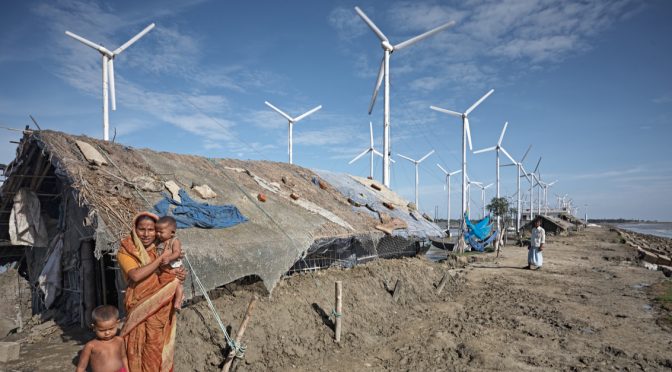The Global Wind Energy Council (GWEC) is today publishing Accelerating Onshore Wind Capacity Addition in India to Achieve the 2030 Target, an analysis of India’s current auctions regime, industry perspectives on the policy recommendations to restore wind growth and socioeconomic opportunities that lay ahead.
India is at the forefront of climate action as one of the top countries for greenhouse gas (GHG) emissions?and one which has announced its goal of achieving net-zero by 2070.
With over three decades of experience in harnessing wind energy technology for power generation, India has already achieved nearly 41 GW of installed onshore wind energy capacity, making it the fourth-largest market for installed wind capacity globally.
India has set a target of harnessing 140 GW (out of which 30 GW is offshore wind) installed wind energy capacity by 2030. The Central Electricity Authority (CEA) has estimated a 17.13% (140GW) share of wind energy in the likely installed capacity in 2029-2030 to ensure an optimal generation capacity mix (CEA 2020). However, recently annual wind capacity additions have declined, hindering India’s implementation to decarbonize the power sector, as well as other sectors such as heavy industry and transport.
As the share of renewable energy in the grid increases, increasing wind power to meet growing power demand and to meet the demand for ancillary services (flexibility, responsiveness and balancing) is critical to ensure the reliability of the overall grid system (GWEC and MEC+ 2021).
To meet India’s net-zero and renewable energy targets, and safeguard energy security and self-sufficiency in the course of its clean energy transition, the Government of India must revitalize the growth of wind power. This publication presents insights into India’s current auctions regime, industry perspectives on the policy recommendations to restore wind growth and socioeconomic opportunities that lay ahead.
“It is essential for the wind industry to have a clear manufacturing investment case based on an expanding Indian market, while building and enhancing partnerships with government agencies, communities, and commercial & industrial consumers to achieve this goal.” Mr Ben Backwell, GWEC CEO
Ben Backwell, CEO, GWEC, said: “The Indian wind sector is facing a series of legacy challenges that have led to drastic slow down in the pace of annual capacity additions. Meanwhile the reverse auction regime has fostered a market with “race to the bottom” characteristics, which has seen inadequate volumes awarded, unsustainable bids and high levels of non -fulfilment and attrition, and inadequate focus on project quality and supply chain health.
“The central government’s announcement of several corrective policy measures in recent months has renewed optimism. However, accelerating investments in the wind manufacturing sector and scaling up annual capacity addition requires consistent demand creation. It is essential for the wind industry to have a clear manufacturing investment case based on an expanding Indian market, while building and enhancing partnerships with government agencies, communities, and commercial & industrial consumers to achieve this goal.
“In addition, taking measures to ensure the financial health of project developers and manufacturers, who are facing the double impact of stalling capacity additions as compared to annual targets and price surges across the value chain, is necessary to ensure that the wind industry can play its role in helping India achieving its sustainability and growth ambitions.”
“Everyone has to lean in hard to make this historic energy transition a success—and success can be the only outcome, as the consequence of a sub-par result in our battle against climate change can be catastrophic” Mr Sumant Sinha, Chairperson, GWEC India and CEO, ReNew Power
Sumant Sinha, Chairperson, GWEC India, and CEO of ReNew Power said:
“India has been a leader in the global energy transition, which has come as a result of unprecedented coordination between all stakeholders, especially on the growth of wind assets. As India gears up in its fight against climate change and meeting its 2030 and 2070 targets amid an uncertain macro-economic environment, wind power remains a critical enabler. These efforts will require increased and more coordinated cooperation between corporates, international bodies, policymakers, lenders, investors, NGOs, academic institutions, research labs, and innovators, as well as impacted communities. Everyone has to lean in hard to make this historic energy transition a success—and success can be the only outcome, as the consequence of a sub-par result in our battle against climate change can be catastrophic.”


